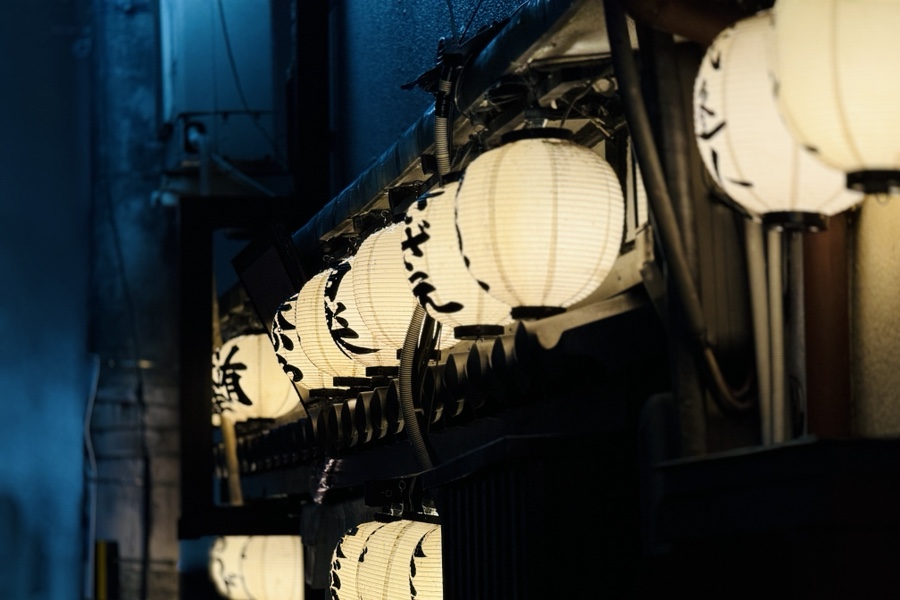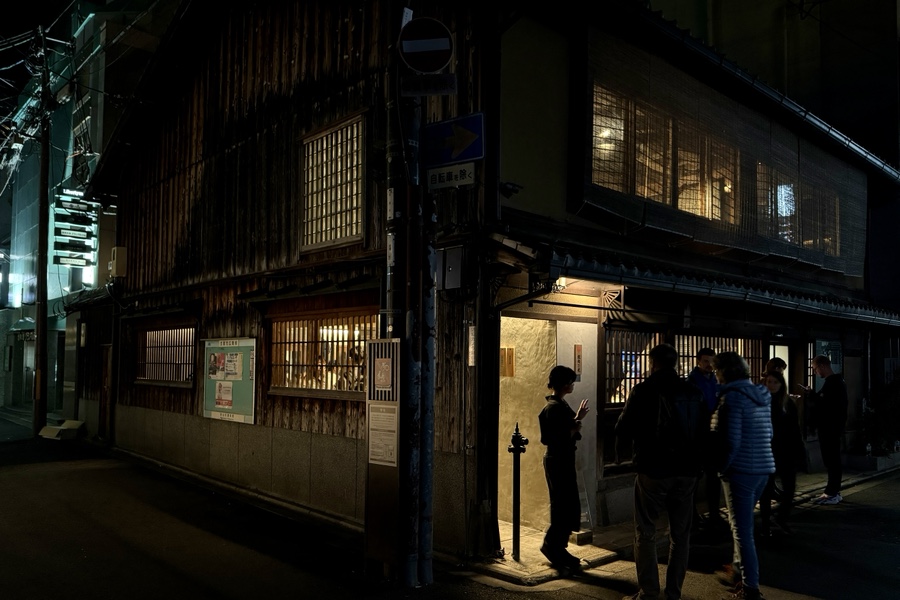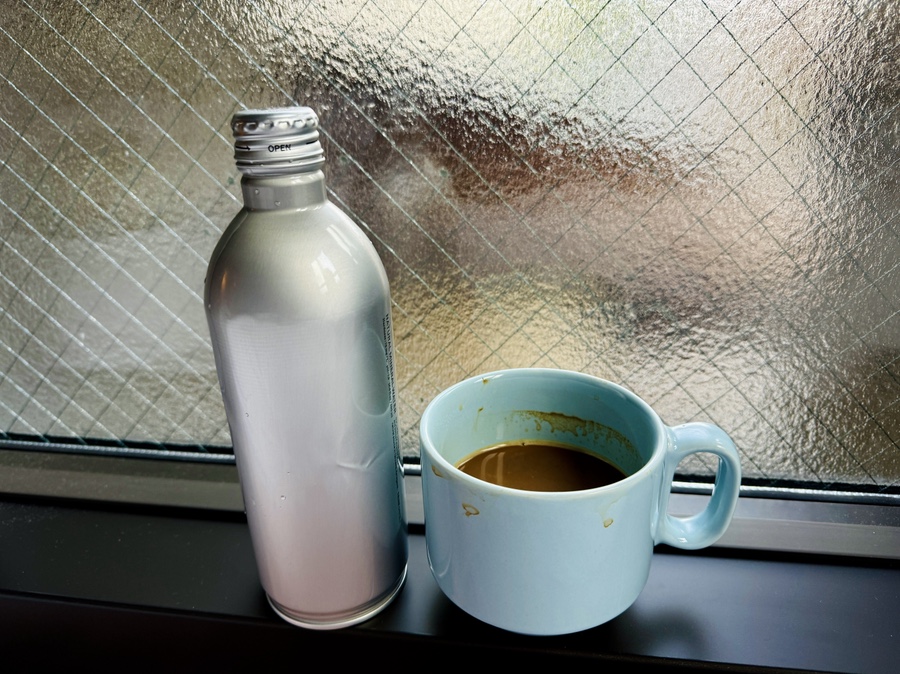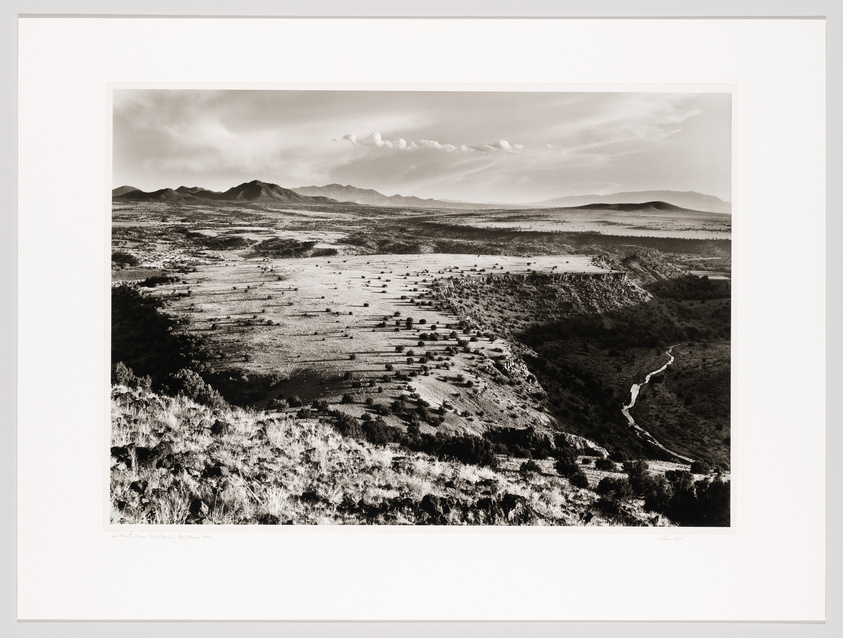It’s Time
The CD Rain Poems is now available in an edition limited to 100 signed and numbered pieces: LINK
The CD Rain Poems is now available in an edition limited to 100 signed and numbered pieces: LINK
We tested the new page for selling the Limited Edition Rain Poems CD. Everything seems to be working. CDs are ready. Pens are at hand. The color is black only because it is a special ink (which I had to order from Germany) that dries extremely fast, as not to seep into the plastic of the CD and potentially mess with the zeros and ones archived there.
Since I like the number nine I want to open the gates on Saturday 5/4 @ 0900 Pacific Time, which will be noon on the East Coast. Everything on the webpage is self explanatory. The comment field is for adding a name or dedication. The CD is small so you should limit yourself to “for Elise” or something similarly brief. Happy to write a little more than that on the white space underneath the CD. A word about the foam button the CD is mounted on. I wouldn’t take the CD from it without supporting the foam by putting a finger against it. I mean you might get lucky a few times but it will tear eventually.
A separate post will contain the link to the Rain Poems CD page.
Turn off the alarm on March 1st, the CD won’t be going on sale on that day. :-)
Here is what’s been happening. Found the Verbatim CD upon my return last night. Burned a copy this morning. It played in two out of three of my players. I know that this third player is thirty years old and has always been finicky, but still. I will go over to every friend and acquaintance and will ask them to put the CD into their player to test it… If it plays in everything, great. If not, I will have to rethink. Not many people still have CD players, I have noticed.
I remember always writing with a sharpie directly on a CD-R in the studio but those CDs were used to check the recording or a mix and were not meant to last. The ink probably leaches into the plastic over time. So I’ll probably have to buy blank CD labels that I can attach to the top of each CD for me to write on. I know, I know, I could have these CD made for much less money than what this is going to cost, and having them made will be a last resort, but I would prefer to have the CD look homemade, with a handwritten label.
I’ll keep you posted.
I have been giving a lot of thought to containers, especially as they pertain to music. There is the LP and the cardboard cover. Substantial, legible, large images. Then there are the music cassette and the compact disc, both invented by Philips and Sony. Not much visually, rather small, but nice containers. Part of the joy of these objects lies in opening and closing the container. This action turns listening into a ritual. A ritual must have a beginning and an end. An opening and then the closure. That’s very different from playing something from a streaming service.
What could a digital music container look like? It could be a virtual container or an actual container… perhaps something that has a flash drive attached. Whether the container is real or virtual, it would need a way to open and close it. I am going to work on a flash drive (with regular USB plus USB-C connectors) that comes in a book. Perhaps the drive could be skinny and made to look like a bookmark. Or maybe the drive could be connected to a large paper clip that allows it to be attached to a page of the book. Or there can be a number of pages in the back of the book that have the paper cut away to allow the drive to rest in the book. Maybe I should design the book pages to leave a hole in the center for the drive. Lots to play with, for sure.
What would a virtual container look like? It should open and close. It should contain a virtual booklet. It should be able to play all of the music contained in the proper sequence…
Picked up a proof at the printer. It works. Very minimal CD packaging. Might be better if I attached the foam button and CD to a piece of cardboard instead of the insert. It is very much a journey and this is just the beginning of it. Reimagining music packaging for the new era. CD and insert will be signed and numbered. I’ll probably only make an edition of 100.





Arrived in Kyoto by Shinkansen. It’s the best way to travel. I could go on and on about train travel versus planes but that’s for another time.
Walked around and found a little shop that served udon in dashi broth. I noticed another customer at the bar drinking Sapporo and ordered a bottle for myself. Maybe I was thirsty but my immediate impression was that Sapporo beer brewed in Japan is so much better than what Sapporo makes in North America.
 I love taking photos at night with the iPhone and these small Kyoto streets have lots of great vistas.
I love taking photos at night with the iPhone and these small Kyoto streets have lots of great vistas.  Posted tick tock (blush) to Backstage. It’s the first track on the album Rain Poems and a good entrance into the record. Medium tempo, interlocking rhythm guitars, albeit no strumming—there is no strumming on the entire album, Jon’s upright bass, and water drops that sound like a clock in the chorus. This morning I made coffee using the Blue Bottle instant espresso which I added to a cup of water with milk that I heated up in a microwave. Improvisation! Not a bad cup of coffee at all!
Posted tick tock (blush) to Backstage. It’s the first track on the album Rain Poems and a good entrance into the record. Medium tempo, interlocking rhythm guitars, albeit no strumming—there is no strumming on the entire album, Jon’s upright bass, and water drops that sound like a clock in the chorus. This morning I made coffee using the Blue Bottle instant espresso which I added to a cup of water with milk that I heated up in a microwave. Improvisation! Not a bad cup of coffee at all! 
La Mesita is the 11th track from Rain Poems.
It started with the Saddest Chord Progression Ever. That was followed by this sketch on 30. June.
After listening to the music for a while I decided that the arpeggio was moving too fast. I then recorded it again, playing at half the tempo. This sounded much better to me. I realized that the fast arpeggio played back at half the speed would move at the same speed as the new arpeggio. So I recorded it at half speed–one of the greatest Pro Tools tricks–and added it. The slowed down guitar gives those chords a sense of gravity and adds low tones and fullness.
I had a certain landscape in mind when I worked on this piece and at some point I remembered a photo by William Clift.
This is the image, La Mesita, which is part of the Whitney Museum of American Art collection.

I met William Clift in 1989 or 1990 and bought a bunch of postcards from him and this one was my favorite. I also used one of his photos in the booklet of the 1991 album Borrasca. William Clift mostly works with a large format analog camera. Imagine walking through the landscape with a large format camera on a tripod and carrying a bag with stuff… film, light meter, etc. The dedication, contemplation and experience! He has a gallery in Santa Fe, at 203 East Palace Avenue.